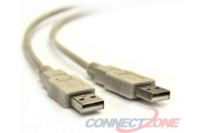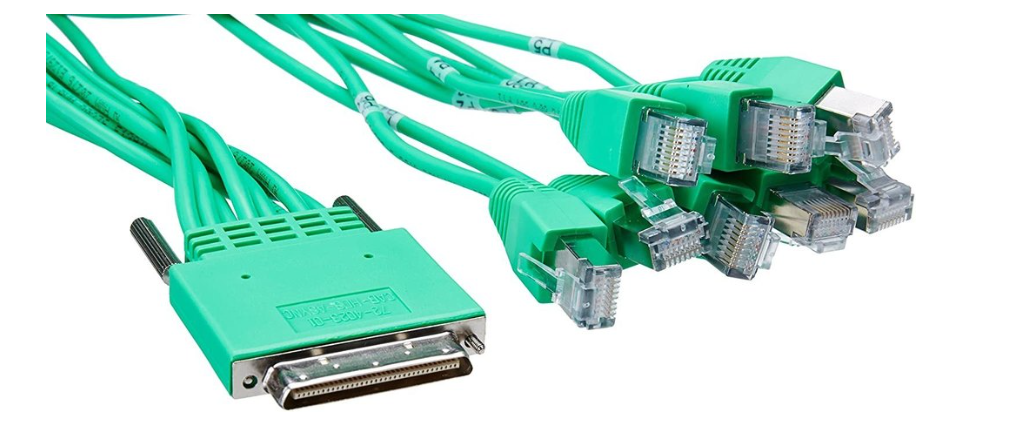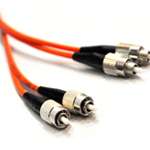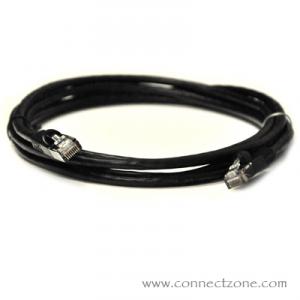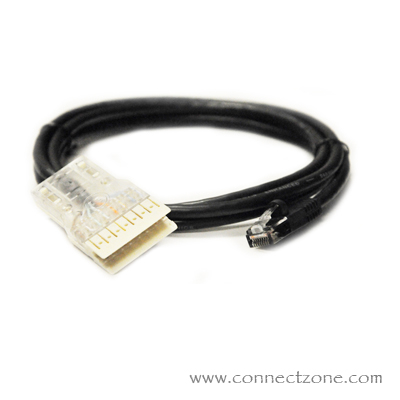We use cookies to make your experience better. Read more
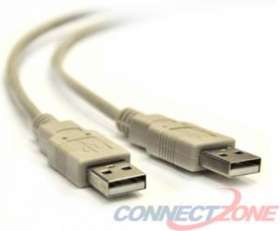
There is a constant need to adapt USB technology with the ongoing growth of computer technology. Thus, many companies aim to create lighter and thinner devices, resulting in a need for innovation in USB technology. A new type of USB has been launched with the comparatively latest technological advancement–USB Type-C or merely known as USB-C. Many individuals, however, whether tech-savvy or otherwise, wonder what the difference between USB type c and USB 3.1 is.
Manufacturers cite type C and USB 3.1 on almost every new gadget, but few describe the real technology behind these terms.
What is USB 3.1?
USB 3.1 is the latest USB connection technology standard. There are some new characteristics in the USB 3.1 standard, which is SuperSpeed+ or Gen2 data speed. SuperSpeed+ enables the transfer of information by USB 3.1 at 10 Gbps velocity. This implies that in just 10 minutes, USB 3.1 can transfer music worth a year or a full HD film in only 30 seconds. The new standard also enables USB 3.1 to deliver power, alternative video mode, and information transfer via a single cable. The USB 3.1 Gen 1 is also known as USB 3.0.
USB 3.1 Gen 1 vs USB 3.1 Gen 2
The USB-IF presented the latest SuperSpeed USB 10 Gbps specification called USB 3.1 Gen 2. This specification expands the rate of information transfer to 10Gbps (or 1.2GB / s) theoretical velocity. It saves a lot of time when you have to transfer huge files from one device to another.
What is USB Type C?
We all saw the original USB, the UBS Type-A. Type B is a square port for printers. In many tiny machines, Micro B is used. Type-C is the market's fresh USB plug. It's compact and small. Instead of type A and type B ports, this link is used. Many protocols and older specs such as USB 2.0 can operate this connection. It is 8.4 mm by 2.6 mm. This implies that the circuit board needs only a small amount of room. Therefore, it can also be used on smartphones. It's reversible, making plugging upside-down easy. This port is not compatible with any other port, but it doesn't have to be, Type C has been intended to be the one cable for all. Small enough but strong enough for your phone to power your laptop.
Difference between USB type c and USB 3.1?
In clear words, Type C is a connector, and USB 3.1 is a standard.
These two specs will become dominant for a while, but looking at everything that has already been released, it won't be long until this one cable is fully adopted for all types of cable work and file transfer.
ConnectZone stocks some of the best and wide variety of Type C cables and equipment. Visit our USB cables section for the recent deals on fast charging and data transfer cables online.


